8 Daily Tips for Bone Health and Strength

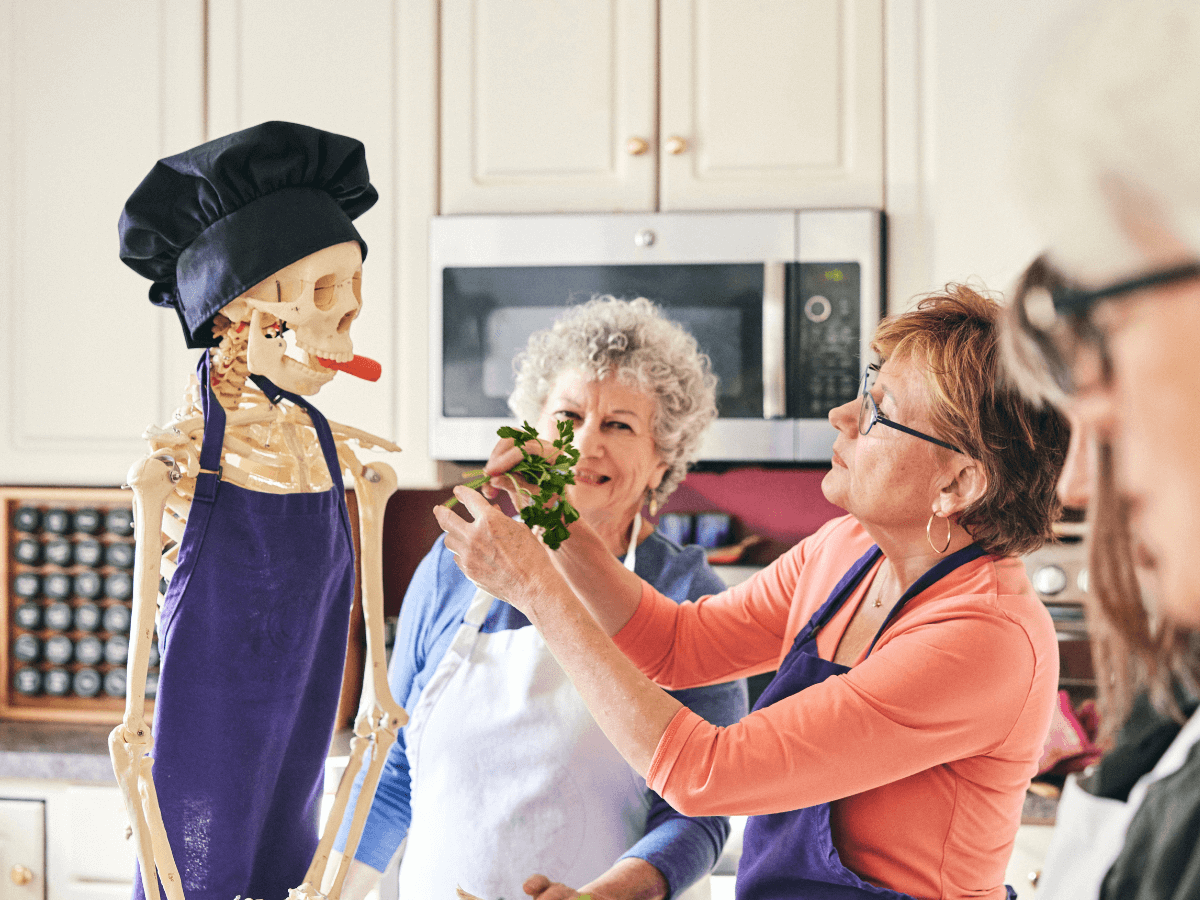




Better bone health is absolutely achievable, no matter your age. Our bones are the framework that keep us moving, standing tall, and living active lives. Yet many people don’t realize that small daily choices can either strengthen or weaken this foundation.
Bone health isn’t just about avoiding fractures later in life—it’s about energy, mobility, and quality of life today. I learned this the hard way years ago, when I started paying closer attention to how my daily choices added up. Some mornings I’d rush through breakfast, grab coffee, and feel depleted by noon. On other days, when I slowed down, hydrated, and actually ate those veggies my body had been asking for, I noticed a clear difference—not just in energy but in how strong I felt from the inside out.
The truth is, our bones respond to the little things we do every single day. The foods we eat, the way we move, and even how we breathe before a meal all play a part. That’s why I started gathering small, realistic practices that actually fit into daily life. Below are eight simple tips for bone health that I use myself—and that you can start adding into your routine right away.
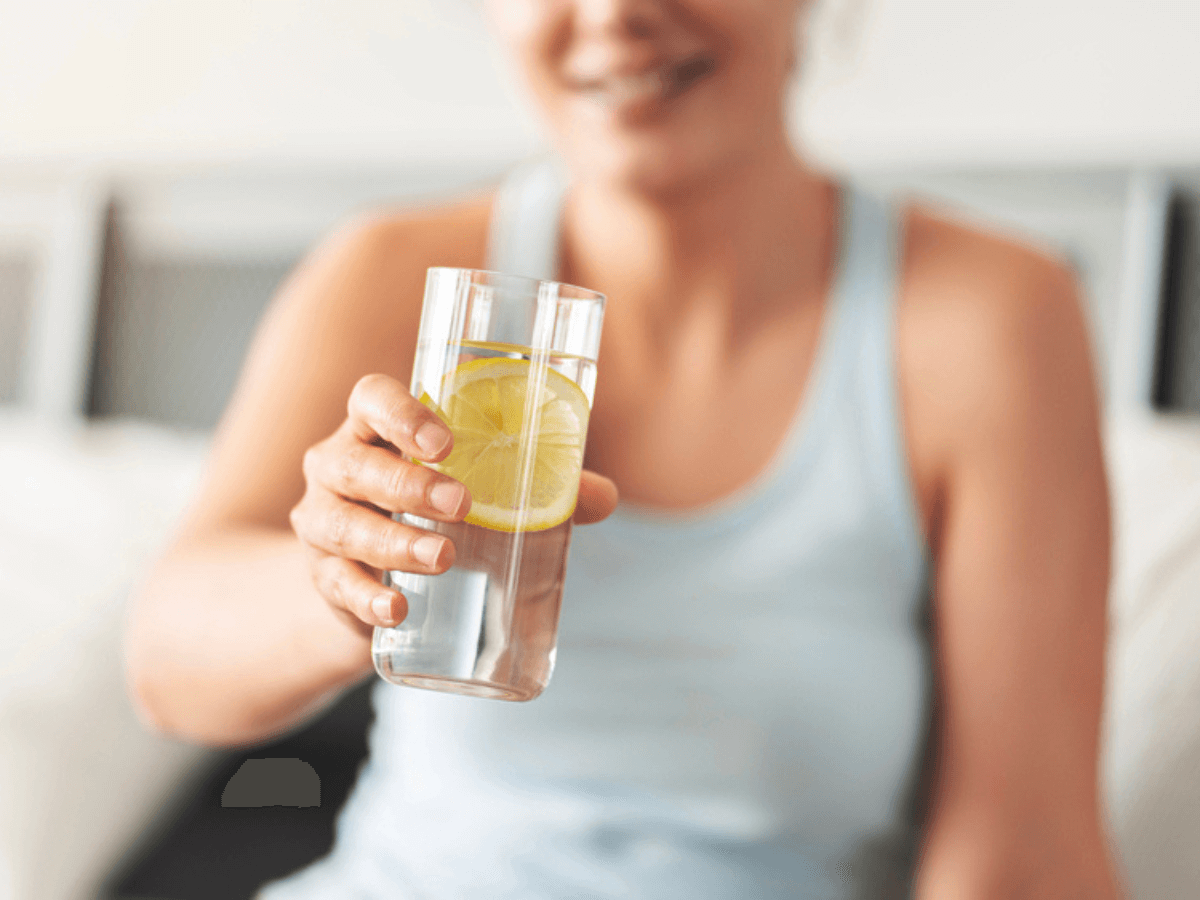
A simple habit like drinking the juice of one lemon in warm water each morning can set the tone for your day. Lemon water has an alkalizing effect in the body, which supports overall balance and reduces the acid load that contributes to calcium loss. Hydration is also essential for bone and joint health, and beginning your day with water helps your body function optimally. I often think of it as a reset button—light, cleansing, and energizing. If you want stronger bones, start by supporting your system from the moment you wake up.

Vegetables, especially dark leafy greens like kale and collards, are essential for bone strength. Aim for at least seven servings daily, whether you eat them slowly at meals or blend them into a nutrient-packed green drink. Greens provide calcium, magnesium, and a host of other minerals that build and protect bone density. Variety is also key; mixing colors ensures you’re getting a broad spectrum of nutrients. Each bite you take is like a small deposit into your bone health savings account.
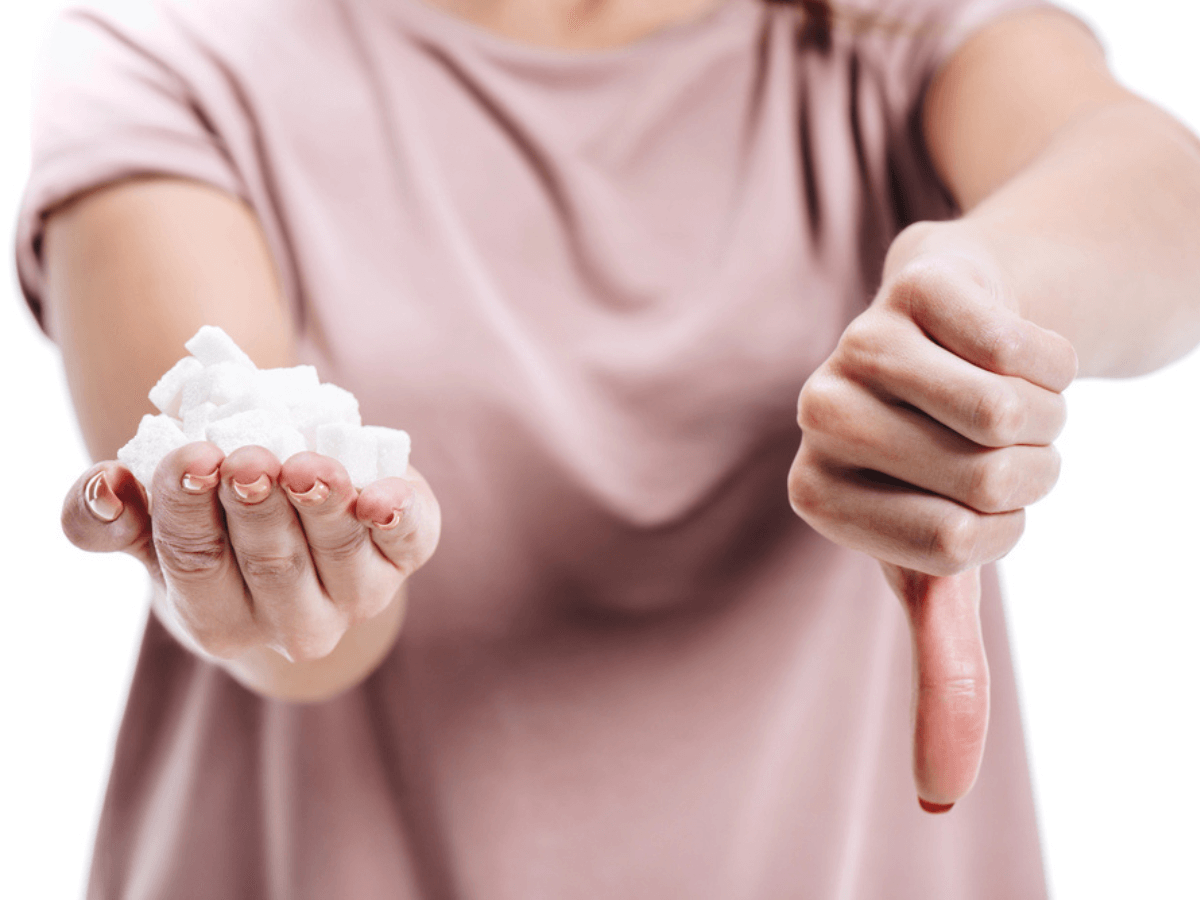
Sugar may taste sweet, but its effect on bone health is anything but. High sugar intake increases acidity in the body and causes calcium to leach from bones and teeth. Refined sugar also spikes insulin and creates inflammation, both of which contribute to bone loss over time. Fresh fruits and vegetables already provide the natural sugars your body needs without the harmful effects. By cutting back on refined sugar, you’re giving your bones a chance to stay strong and supported.
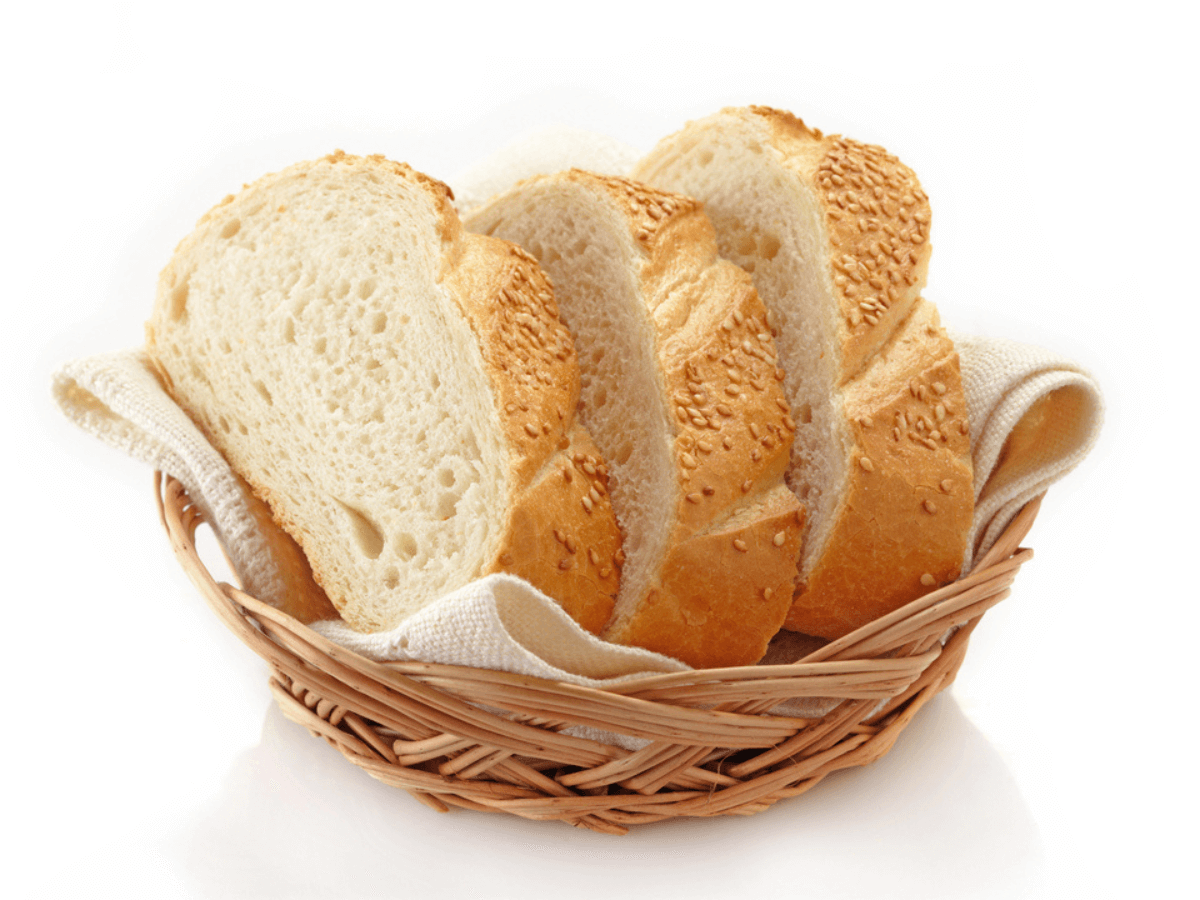
Bread may be comforting, but it’s a simple carbohydrate that quickly turns to sugar in the body. Like refined sugar, it creates acidity and contributes to calcium loss over time. This one was always a personal challenge for me, but skipping the bread basket has a noticeable effect on energy, digestion, and long-term bone health. Choosing fiber-rich vegetables or whole grains in moderation provides better support. Stronger bones sometimes require saying no to the foods that weaken them.
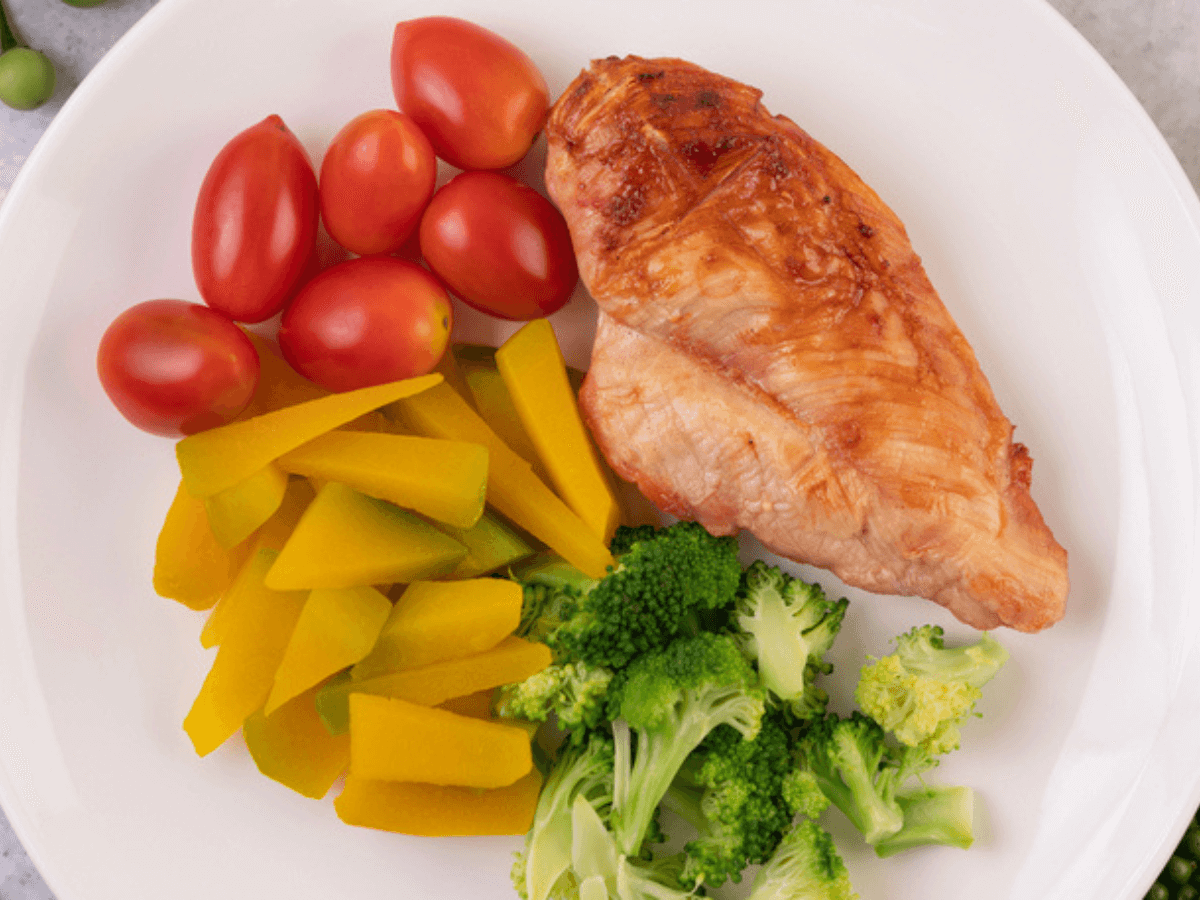
Animal protein, especially when consumed in large portions, can be acidic and contribute to calcium leaching from bones. That doesn’t mean you need to eliminate it entirely—just reframe it. Use protein as the side dish and let vegetables take center stage on your plate. Balance is key, and mindful portions protect your bone health without depriving you of variety.

Good digestion supports good nutrition, and that starts before the first bite. Take a few deep, calming breaths before eating to bring blood flow to your digestive system and signal your body that it’s time to absorb nourishment. When we rush meals or multitask, our bodies shift into stress mode, making digestion less effective. Elevated cortisol and insulin from stress also encourage weight gain and poor nutrient absorption. By slowing down, you not only enjoy your meal more—you also give your bones the best chance to benefit from the food you’re eating.

Chewing is an underrated step in digestion, but it makes a big difference in nutrient absorption. Carbohydrates, in particular, need to be broken down in the mouth, and thorough chewing gives your digestive system a head start. Try chewing each bite at least 10 times before swallowing—you’ll be surprised how flavors deepen and satiety increases. This small act helps your body make the most of the calcium and minerals in your meals. Think of your teeth as the first tools for better bone health.
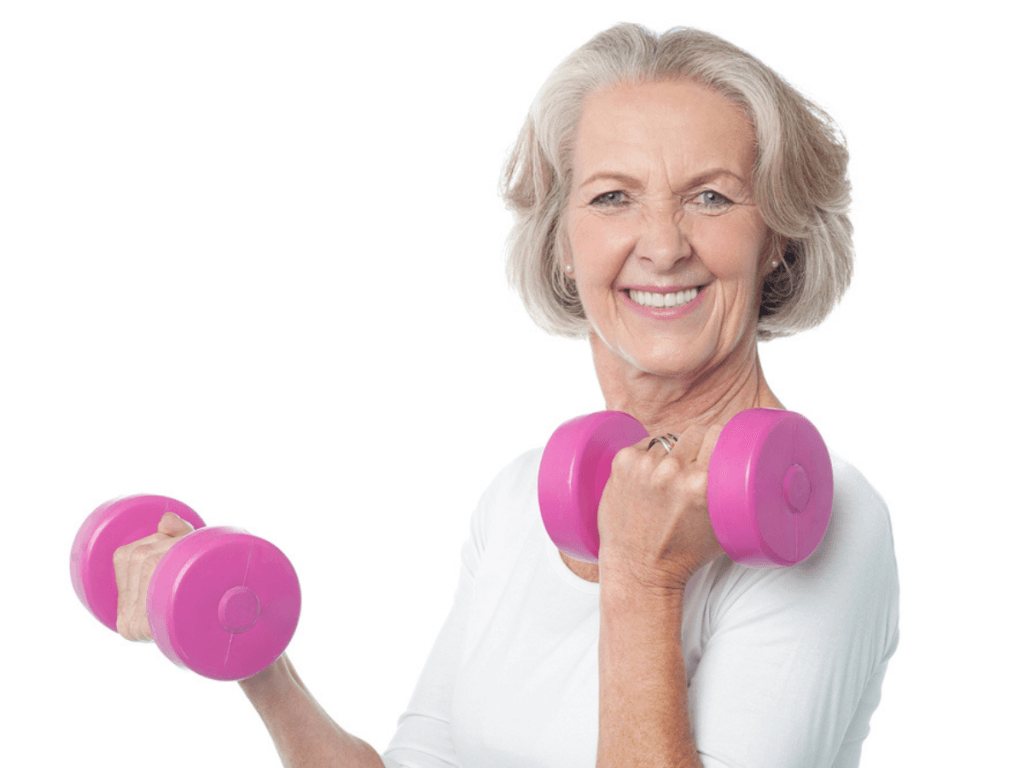
Strong bones depend on more than just food; they also need movement and resistance. Simple exercises like balancing on one leg or using light hand weights can improve bone density and stability. Try standing with one foot raised while doing arm curls or overhead presses with small dumbbells to challenge your body. If balance is tricky, use a wall for support and gradually build strength over time. These daily practices may seem simple, but they create long-term resilience for both bones and muscles.
When you are ready to move forward with your exercise find a local Onero weight lifting program. Studies confirm Onero builds bones.
Bone health is not a quick fix but a collection of small, intentional choices. From starting your day with lemon water to moving your body with weight-bearing exercise, each habit strengthens your foundation. These tips for bone health are easy to integrate into daily life, and over time they reduce the risk of osteoporosis and other bone-related issues. Better bone health is achievable—and it starts with the next choice you make.
Chicken soup has always been more than just a meal—it’s the ultimate comfort food when the flu takes hold. When I found myself battling body aches, chills, and fatigue, my first instinct was to head into the kitchen. What followed was a mix of homemade chicken stock, natural remedies, and a little humor to keep things light. This post is part recipe, part flu survival story—because sometimes the best medicine is a big pot of soup and a good laugh.
Chicken soup works its magic in simple but powerful ways. The hot broth keeps the body hydrated while easing congestion, and the vegetables bring an extra dose of vitamins and minerals when your immune system needs them most. I like to think of it as nutritional food for the flu disguised as comfort food, which makes it easier to sip and enjoy even when your appetite is low. On that particular winter day, every spoonful felt like a warm hug for my bones. And let’s be honest, when you’re wrapped in blankets with tissues piling up nearby, comfort is just as important as nutrients.
When the flu knocked on my door, it didn’t just tap politely—it barged in. My bones practically shouted “Uh-oh!” and I knew I needed to act fast. Off I went to the Farmers Market, picking up the freshest ingredients for chicken soup, then rushed home to let the pot do its magic while I collapsed on the couch. Between mugs of hot lemon water and the comforting smell of garlic and thyme drifting from the kitchen, I let myself escape into a Legally Blonde rerun. Elle Woods, with her pink phone and unshakable confidence, reminded me that a support system is everything—even when your team is just a pot of soup, a pile of tissues, and a blanket. Note to self: when you’re sick, skip the flu specials and stick with lighthearted comedies.
While chicken soup was the centerpiece of my recovery, it wasn’t the only thing on my list. I increased my fluids to nearly 80 ounces a day, alternating between water, herbal teas, elderberry syrup, and freshly juiced greens. Warm drinks like lemon water felt especially soothing on my throat and paired beautifully with bowls of steaming soup. I avoided sugar, focused on whole foods, and found comfort in simple, nourishing meals that didn’t require much effort. Together, these choices created a rhythm of healing, one that carried me gently through the worst of the flu.


That winter taught me the power of simple rituals—rest, fluids, and a pot of chicken soup simmering on the stove. Chicken soup may not cure the flu outright, but it makes the journey a little easier. Between the warmth of the broth, the nourishment of fresh ingredients, and the comfort of a familiar recipe, it became my constant companion through those achy, feverish days. Add a little humor, a few bad TV choices, and some much-needed rest, and I managed to find my way back to wellness. From my bones to yours, here’s to a season filled with comfort, health, and maybe just one more bowl of chicken soup.
Pelvic floor health is an essential part of women’s overall well-being, yet it is often overlooked until problems arise. The pelvic floor plays a critical role in balance, continence, posture, and long-term mobility. In her presentation to Irma Jennings’ osteoporosis community group, Dr. Molly Weingart explained how pelvic floor health supports women through all life stages, especially during aging.
Fun, lively, and full of takeaways — Dr. Weingart’s engaging delivery makes this interview a delight for everyone.
The pelvic floor is a complex system of muscles and tissues at the base of the pelvis that acts like a hammock supporting the bladder, uterus, and bowel. Its importance goes far beyond continence, influencing balance, stability, and circulation.
Core functions include:
Key insight: The pelvic floor works as part of a system with the diaphragm, abdominal, and back muscles, making breathing and posture vital for healthy function.
Pelvic floor dysfunction is more common than many realize and can significantly impact daily life. Dr. Weingart noted that pelvic organ prolapse affects 85–90% of her patients in some form.
Potential causes:
Common symptoms include:
Bulletproof reminder: Dysfunction is not a normal part of aging that must be tolerated — it can be managed and often reversed with the right care.
Pelvic floor physical therapy is a holistic approach that looks at posture, breathing, and muscle coordination alongside targeted exercises. It is more than Kegels, which are not suitable for everyone.
Therapy may include:
Important takeaway: Therapy is individualized. What works for one woman may not be right for another, which is why professional evaluation matters.
Menopause has a direct effect on pelvic floor health due to the natural decline in estrogen. Tissue changes can lead to discomfort, incontinence, and prolapse if not addressed.
Changes during menopause:
Supportive options:
Practical focus: Early management during menopause reduces complications later in life and helps preserve independence.
The pelvic floor is closely tied to the diaphragm, making breathing one of the simplest ways to improve pelvic health. Proper breathing supports coordination, relaxation, and balance.
Breath work benefits:
Bulletproof tip: Combine breath-focused exercises with gentle core activation for maximum pelvic support.
Pelvic floor care extends beyond therapy into everyday lifestyle choices. Dr. Weingart emphasized that self-care, awareness, and activity are crucial for long-term function.
Practical self-care tools:
Focusing on pelvic floor health is an investment in balance, strength, and aging well. Women who pay attention to these muscles enjoy greater independence, less discomfort, and improved confidence.
Final reminders:
Pelvic floor health is not just about continence — it is about living fully, aging gracefully, and maintaining confidence at every stage of life.
Discover how detox strategies can reduce chronic illness, inflammation, and fatigue naturally.
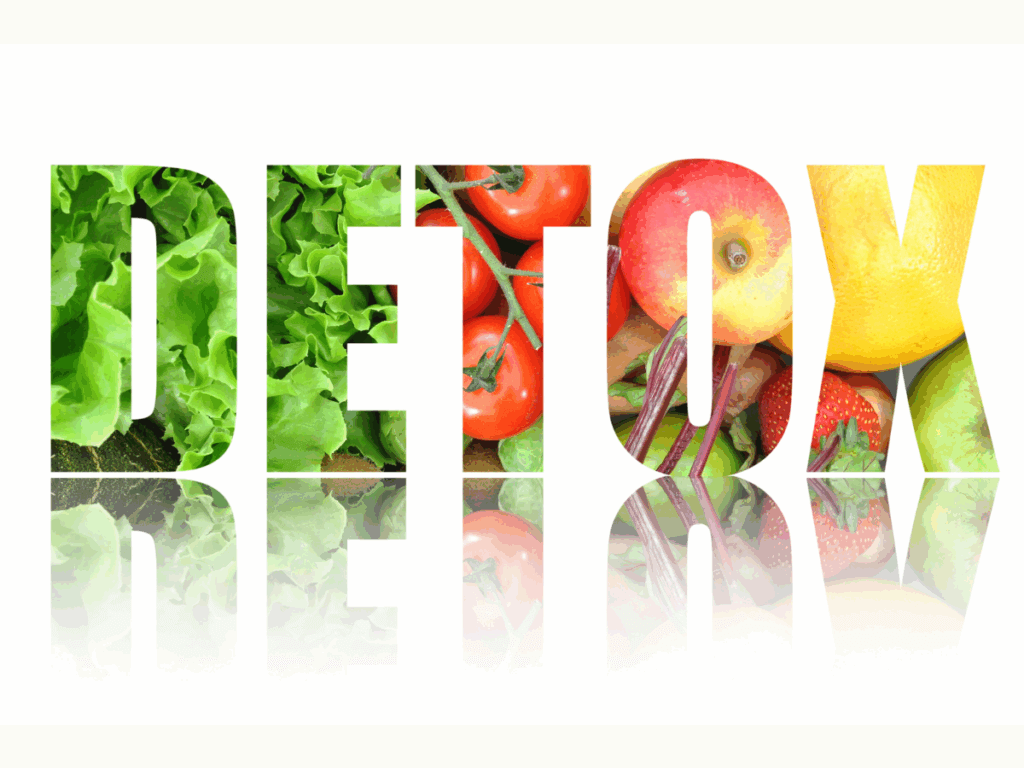
Feeling tired, inflamed, or just not yourself lately? It might be more than stress or aging. Detox could be what your body needs to feel better.
More people today are being diagnosed with chronic illnesses and autoimmune conditions. But according to Dr. Aly Cohen, a triple board-certified rheumatologist, the cause isn’t always just in your genes—it’s also in your environment.
In her book Detoxify, Dr. Cohen breaks down how chemicals in everyday items—like water, food, shampoo, cleaning products, and even air—can quietly build up in your body and wear down your immune system. The result? Fatigue, inflammation, and a range of long-term health issues.
Instead of pushing complicated regimens or expensive cleanses, Detoxify offers practical, science-based advice you can actually use.
With over 20 years of experience, Dr. Cohen explains how to take simple steps to reduce toxic exposure—no matter your budget or lifestyle. You’ll learn what to avoid, what to swap, and how to give your body the support it needs to feel stronger and more resilient.
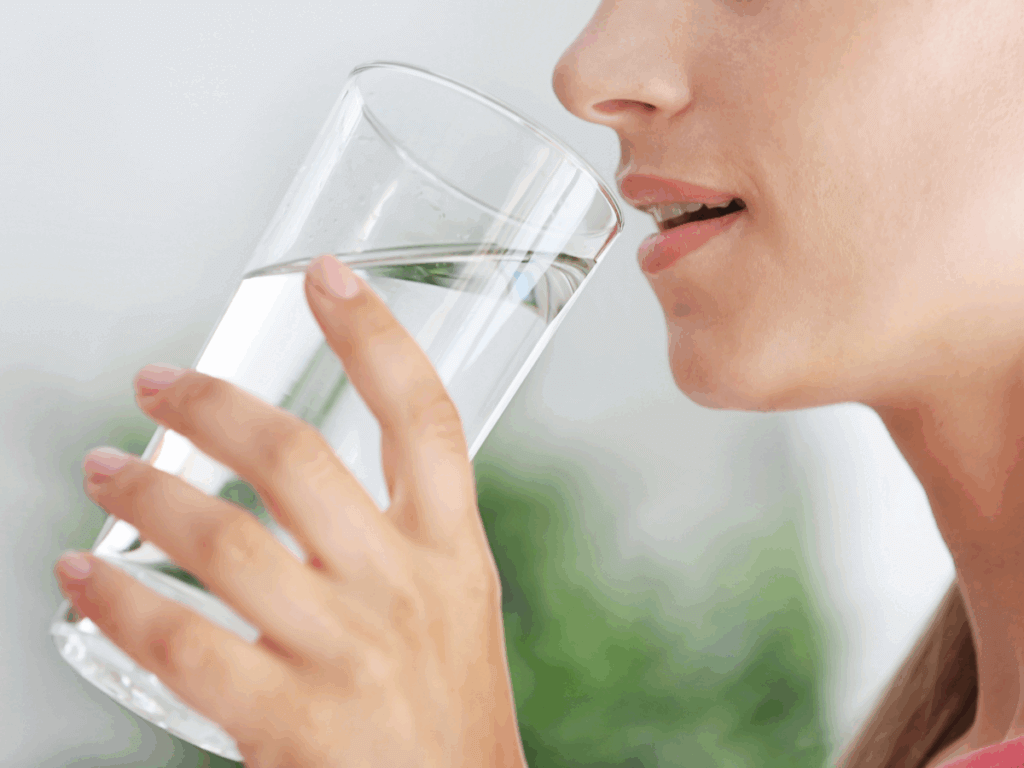
Detoxing isn’t just about clearing your skin or boosting your energy. Dr. Cohen also highlights how toxins can affect your bone health—something many people overlook.
You don’t need to overhaul your entire routine overnight. Here are some manageable detox tips from Dr. Cohen:
This book is more than just information—it’s a hands-on guide that includes:
If you’re ready to take control of your health, start with one small change today. Filter your water. Check your shampoo label. Swap one cleaning product. Small steps add up.
Get your copy of Detoxify here 👉 [Amazon Link]
If you found it helpful, leaving a review supports voices that value science and transparency.
Knowledge is power. Detox isn’t a trend—it’s a tool. Use it to support your body, your bones, and your future.
C-terminal cross-linked telopeptide (CTx) and procollagen type 1 N-terminal propeptide (P1NP) are key bone turnover markers in managing Osteoporosis. Below I have identified what they are and how they are used.

CTx, short for C-terminal telopeptide, is a biochemical marker used to assess bone resorption, the process by which bone is broken down and minerals are released into the bloodstream. Specifically, CTx measures fragments of type I collagen, which is a major protein found in bone. When bone is resorbed, these fragments are released into the blood and can be detected as an indicator of bone turnover.
Generally, a baseline CTx measurement is taken before treatment, and follow-up measurements are done to monitor changes and adjust treatment if necessary.
The best time to perform a CTx test is typically in the morning, while fasting. CTx levels can fluctuate throughout the day and are influenced by food intake, so fasting overnight and testing early in the morning helps ensure consistent and reliable results.
Following these guidelines ensures reliable CTx results, providing a clearer understanding of bone health and treatment effectiveness.
Additionally, P1NP (Procollagen Type 1 N-Terminal Propeptide) is a key marker of bone formation. It reflects the activity of osteoblasts—cells responsible for creating new bone. When new collagen (type I) is formed, P1NP is released into the bloodstream, making it a valuable indicator of the bone formation rate.
P1NP testing does not require fasting and can generally be done at any time of the day. Unlike CTx, P1NP levels do not have significant diurnal variation, making it a more flexible test in terms of timing.
I typically get both tests done together.
This flexibility allows healthcare providers to monitor bone formation without the strict timing constraints required for CTx.
👉 Like CTx, P1NP is often measured before starting treatment and then periodically to track changes, allowing for adjustments to treatment plans based on bone health needs.
These tests validate the effectiveness of strategies aimed at improving bone health and preventing fractures.

Six Do's and Six Don'ts When Talking to Your Doctor about Osteoporosis
Do's:
Don'ts:
Treatment Decisions:
Why I Switched from Coffee to Matcha (And Why You Should Too)
I’ve officially slowly ending my relationship with coffee. Yep, we’re done. But don’t worry—I’ve found a new love: matcha tea. And let me tell you, things are getting pretty serious.
What is Matcha? If you haven’t heard, matcha is the cool, zen cousin of regular green tea. This traditional Japanese green tea has been around for centuries (thanks, Buddhist monks!). It’s not only a staple of Japanese tea ceremonies but also your next secret weapon for better health. With matcha, you’re not just sipping tea—you’re drinking powdered tea leaves packed with antioxidants.
Matcha isn’t just a pretty green drink—it’s like a wellness powerhouse. Matcha tea benefits include lowering stress, improving memory, and giving you that perfect energy boost without the jitters (sorry, coffee). It’s also loaded with L-theanine and EGCG (superhero antioxidants), which make it a total brain and body booster.
Oh, and in case you're wondering—mice love it too. Studies show they got better at mazes after sipping matcha. I’m not a mouse, but I think I’m navigating life better with it!
Making matcha green tea is like a fun little ceremony every morning:
In just a small serving of matcha, you’re getting a boatload of benefits:
Why Matcha Stole My Heart (and My Mornings): After finding out that coffee doesn’t like me back (food allergies—boo!), I needed a caffeine fix. Enter matcha tea—a smooth, calming, and energizing alternative. It’s like coffee without the drama. And whisking it up every morning? Let’s just say it’s become my new zen ritual.
Top Health Benefits of Matcha:
Matcha is basically a superfood in your cup. So, if you’re on a coffee break, or just looking to add a little more harmony and health into your life, give matcha a try. You won’t regret it!
I use organic Matcha, which I find at health food stores.
Or Amazon
CLICK HERE for my printable more detailed version
From my bones to yours,
Irma Jennings, INCH
Osteoporosis Patient Navigator
In 2024, as 4.1 million Americans turn 65, many will face a daunting diagnosis: osteoporosis. But what if there was a way to not just manage this condition, but to actually rebuild bone strength? Recent research and an innovative program called Onero are challenging traditional approaches and offering new hope for those with low bone density.
For years, doctors have recommended low-intensity activities like walking, swimming, and light resistance training for osteoporosis patients. However, according to Dr. Belinda Beck, a leading bone health researcher, these activities fall short of stimulating new bone growth.
"Bone is a 'use it or lose it' tissue," Dr. Beck explains. "It requires significant loading and overload to adapt and become stronger."
Dr. Beck and her team developed the Onero program based on groundbreaking research showing that high-intensity, supervised resistance and impact training can significantly improve bone density and strength, even in those with low bone mass.
Rigorous randomized controlled trials have demonstrated impressive outcomes for Onero participants:
Recognizing the need to make this effective program accessible, Dr. Beck opened the Bone Clinic in Australia. The results speak for themselves:
Dr. Beck is now licensing the Onero program to qualified exercise professionals worldwide, including in the United States. She encourages individuals to:
Irma Jennings, an osteoporosis patient navigator, emphasizes the transformative potential of Onero: "This program is changing lives. It's showing us that osteoporosis doesn't have to mean a future of fractures and disability."
To provide deeper insight into the Onero program and address common questions, we've included an informative Q&A session with Dr. Belinda Beck.
In this video, Dr. Beck discusses the science behind high-intensity resistance training for osteoporosis, the safety measures in place, and how the program can be tailored to individual needs. Watch the video below to learn more about how Onero can help you rebuild bone strength and improve your overall bone health.
The Onero program demonstrates that high-intensity, supervised exercise can rebuild bone strength and reduce fracture risk. By making this program more widely available, we can empower those with low bone density to take control of their health and overcome this challenging condition.
Remember: Always consult with your healthcare provider before starting any new exercise regimen, especially if you have been diagnosed with osteoporosis or low bone density.
Dealing with osteoporosis can be challenging. It's a condition that makes our bones weak and more likely to break. That's why I'm excited to share a video from a webinar I hosted featuring Dr. Sherri Betz, a physical therapist. In "EXERCISE: Osteoporosis Exercise with Dr. Sherri Betz, PT," she offers easy-to-follow advice for keeping bones strong and healthy.
Dr. Betz shows us that you don't need fancy gym equipment to stay fit. With things like a broomstick and a file box, you can do exercises that improve your balance, movement, and strength. She explains how to do exercises like deadlifts and squats with good form, using a barbell in a way that's safe and helpful.
Based on Dr. Betz’s recommendations, here are some tools that can help:
For more details about Dr. Betz, visit her websites, Dr. Sherri Betz and Therapilates, or reach her at [email protected]. For additional tips on bone health, don’t forget to check out my website, wordpress-771446-5103601.cloudwaysapps.com.
Please remember, this webinar is for informational purposes only. It's not a substitute for professional medical advice from a doctor.
I hope you find the exercises shared in this webinar helpful for your bone health. Incorporating Dr. Betz's advice into your daily routine can make a big difference.
Don't forget to like this video on my channel and subscribe for more helpful content. And if you're interested in the exercise tools recommended by Dr. Betz, you can find them through the provided links.



